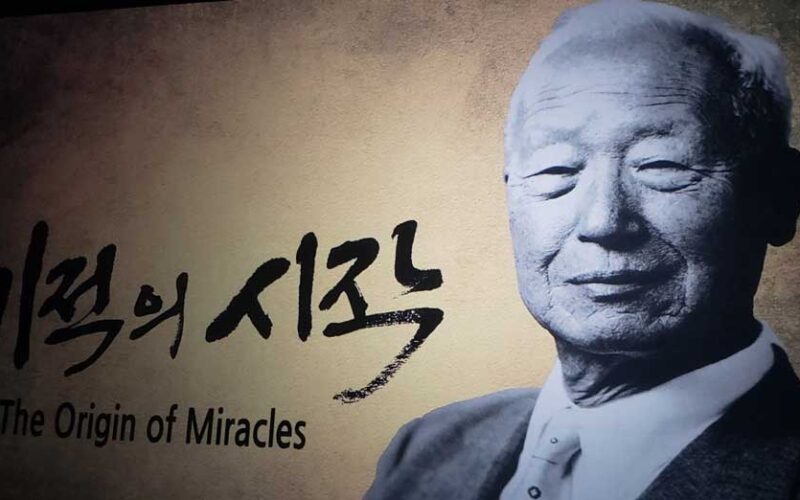Leadership that Laid the Foundation for National Development and Paved the Way for Advancement
It suddenly occurred to me that The Origine of Miracles was being screened, so while I was on my way to visit my hometown as a Korean in the United States, I went to the Yongsan CGV movie theater early on March 8th, purchased a senior ticket for 7,000 won, less than a half-ticket amount, and waited. I watched it.
Director Kwon Soon-do mainly focused on general historical photos from the past, including the young Rhee Syng-man and his days as a patriot, and the time when Dr. Rhee Syng-man was a patriotic leader. He also dealt with the period after he became president, and emphasized the center of some Korean research institutes, the testimonies of generals, and the testimonies of senior reporter Kim Yong-sam.
Unlike the Birth of Korea, which was filmed by visiting the United States where Rhee Syng-man spent his 30s, 40s, 50s, and 60s, The Origine of Miracle showed his persistence by emphasizing more of his later life in Hawaii.
In the Origine of Miracle, President Rhee Syng-man’s Dokdo island guardian emphasized the fight against the Communist Party, which had degenerated into an exploiting class and a ruling class.
Even after the June 25 invasion of the South, President Rhee Syng-man spent 51 percent of military and security budgets to prepare for an invasion by Communist North Korea and 17 percent to education, telling us what was important.
He gave his tenants a short period of time to own their land, reducing it to five years, and encouraged government-funded students to prepare for the country’s future. It was emphasized that sending many government-funded students abroad was a wisdom that laid the foundation for Korea’s advancement and industrialization.
President Lee emphasized, “We must move forward with industry.”
Rebar and steel plates were produced through Germany’s Demag Co. and Korea Heavy Industries Co., which were ahead of the curve at the time, and exports began in 1959. Nuclear power was likewise emphasized as President Rhee Syng-man’s foundation. For this reason, the fundamental reason why the Moon Jae-in administration disconnected the nuclear reactor can be linked to the frustration of Kim Il-sung’s dream.
There was content that the two presidents were closely related in terms of economic development, with President Park Chung-hee’s industrialization built on the foundation of national key industries laid down by President Rhee Syng-man.
It was also emphasized that it had nothing to do with Presidential candidate Rhee Syng-man, as the reality of the March 15 election fraud was revealed and the opposing candidate died while treating in the United States.
In particular, after the April 19 demonstration, they visited the casualties and seriously injured college students who saw the injustice and encouraged them with apologies, and young people also emphasized that politicians should act according to the will of the people with justice.
He said if there were any irregularities in the election, it would have to be done again.
Emphasis on thrift and frugality, emphasis on what the people wanted, and the joys and sorrows of living a life of limited means appeared in Hawaii.
In particular, the founding president’s obsession with unifying North and South Korea was deeply evident in Hawaii.
” My wish is to walk to Mt. Baekdu.”
” I want to see unification…”
“No matter who does the country’s work, they just have to do it well for the people.”
” My last wish is to die in my homeland.”
He missed tofu stew and soybean paste stew.
It ended with a conclusion emphasizing that we, the people of the Republic of Korea, should not be subject to the yoke of slavery.
If I had a wish after this movie, I wish that more intentional actors had been brought in, and if a director wanted to make it into a documentary, he wish there had been more scenes of fundamental data exploration.
The title here is The Origine of Miracle, making us look forward to the next work. Thank you, Director Kwon Soon-do, who is a fighter with all his heart.
